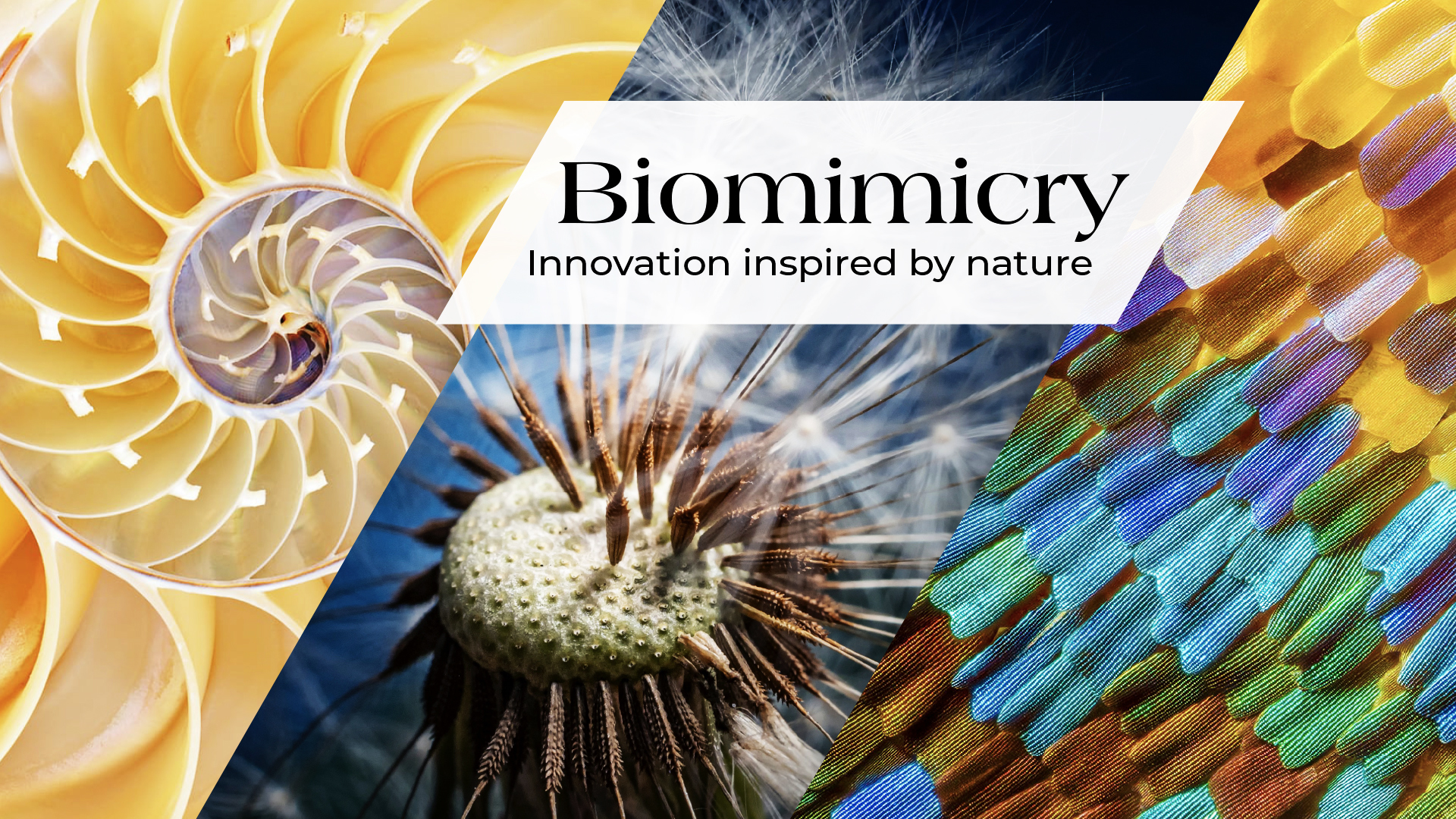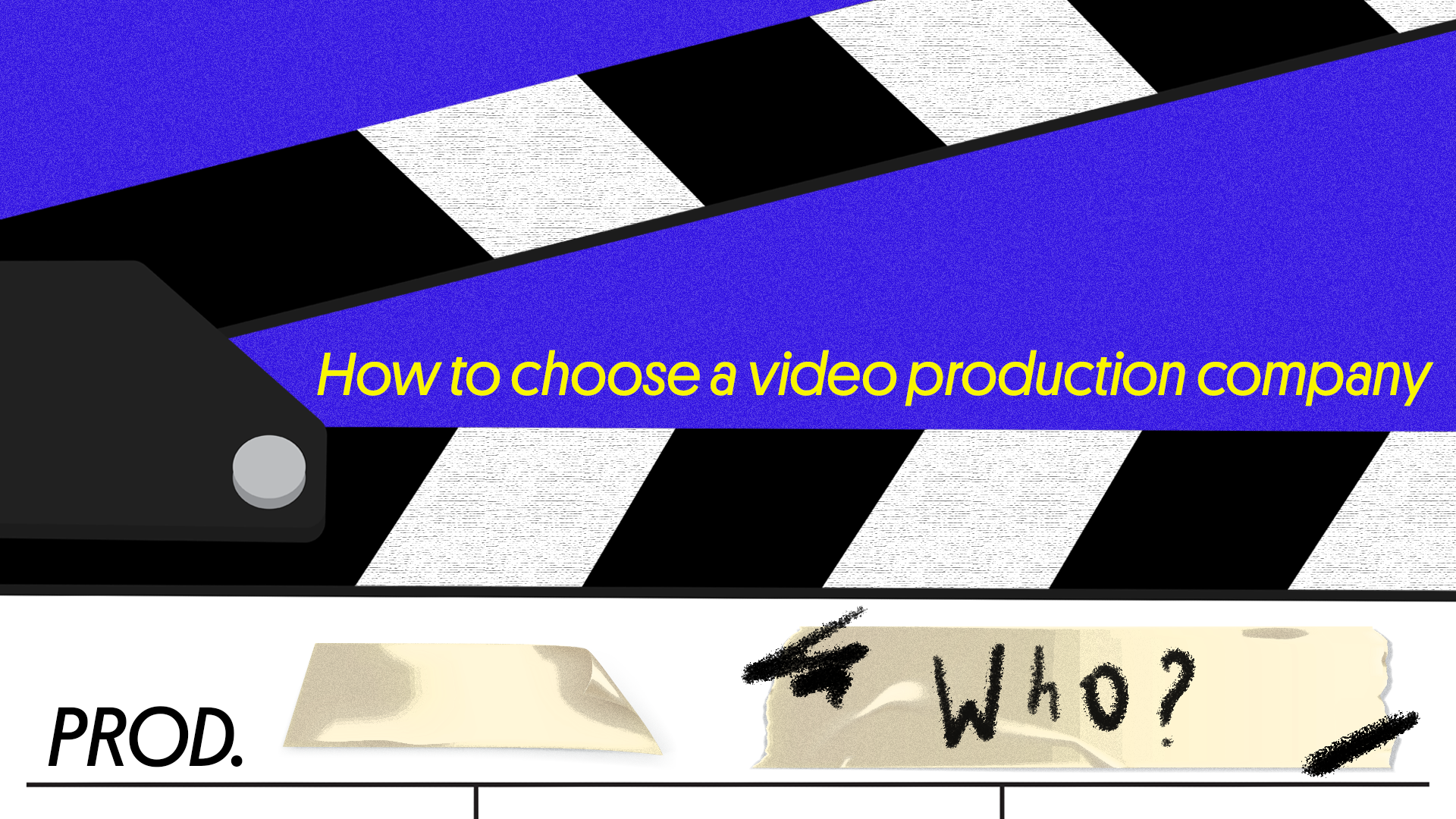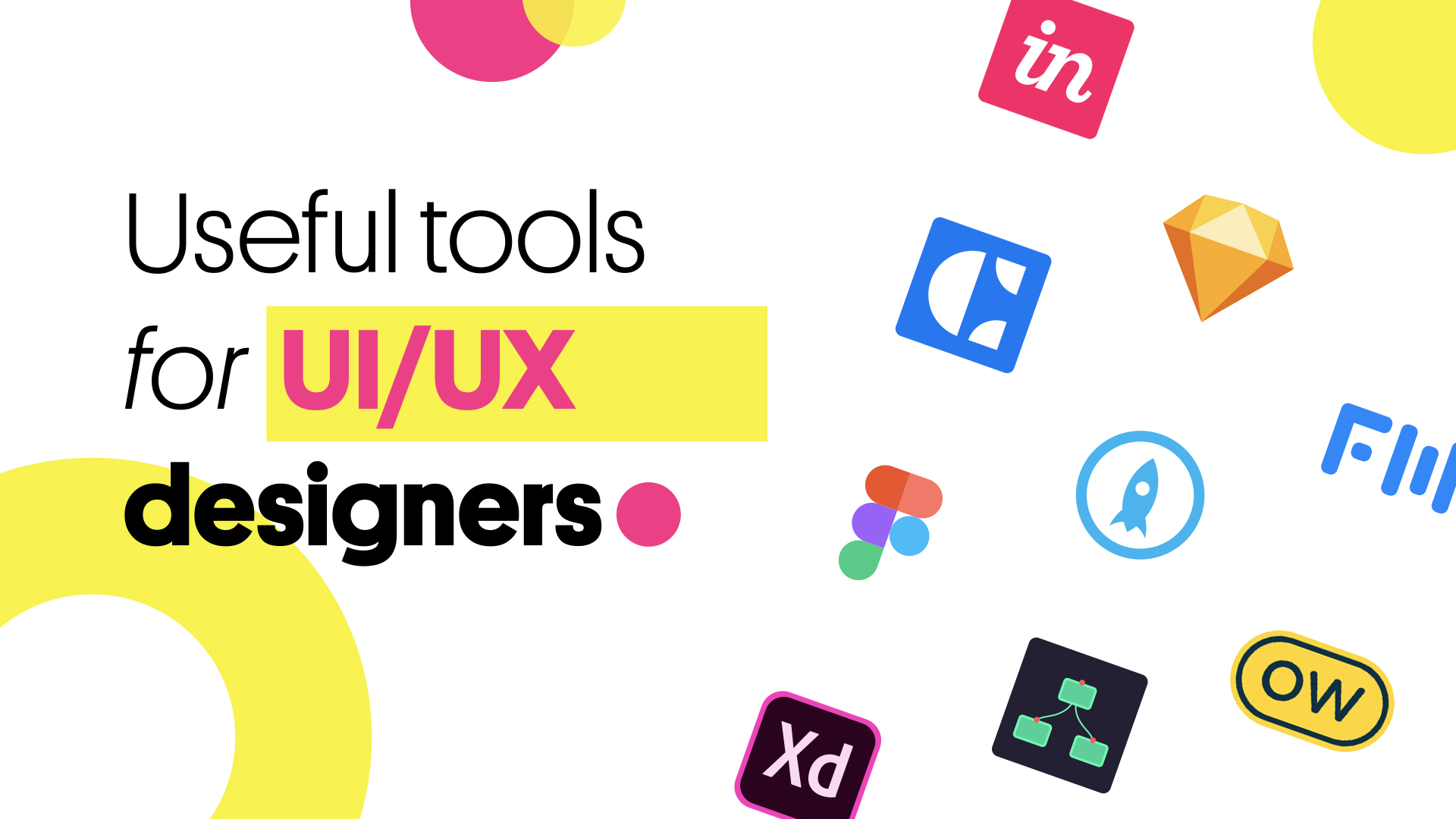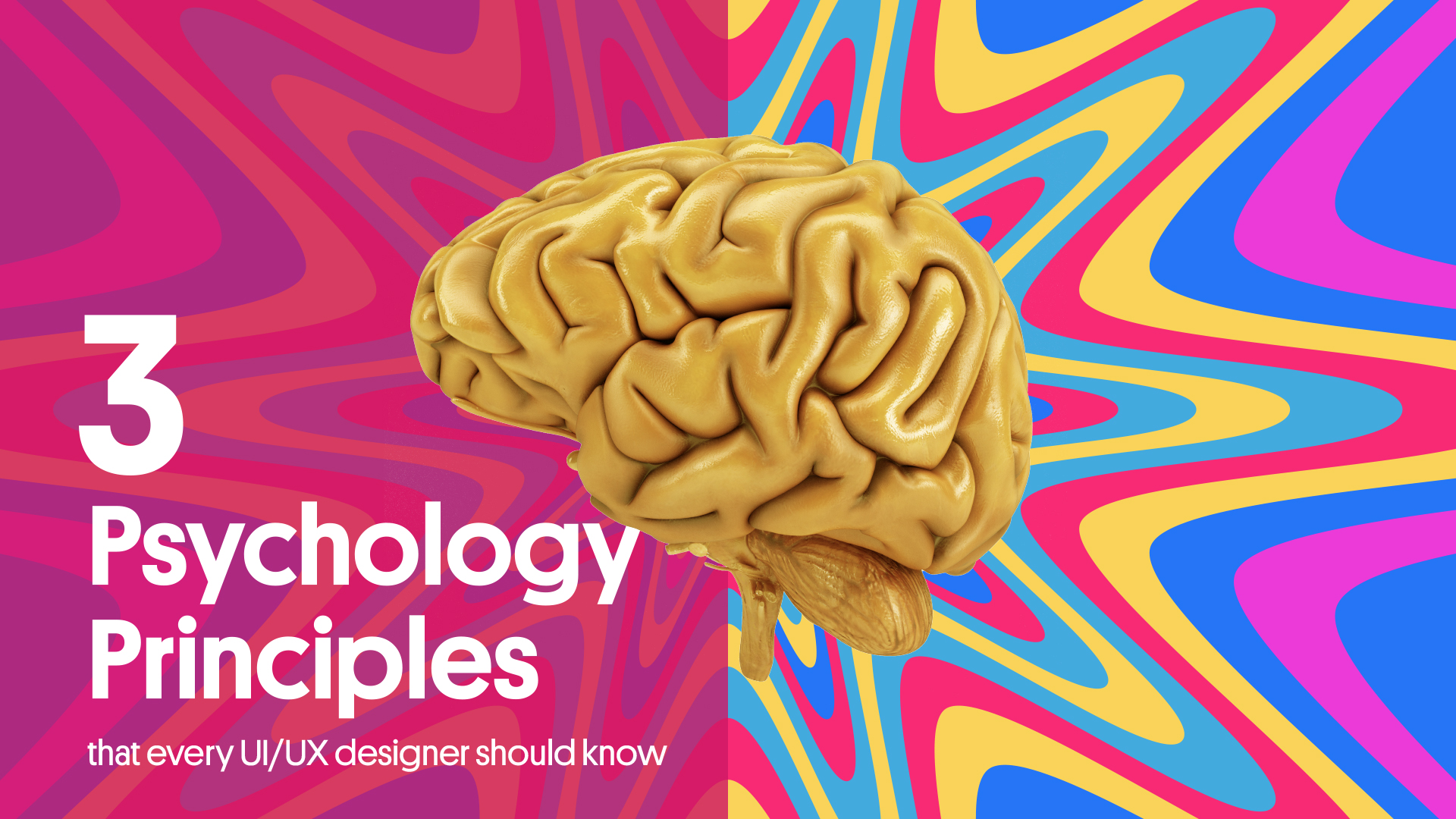The best ideas might be copied- from nature.
The best solutions might not be given by you- but by nature.
Thus, Biomimicry.
Companies looking for ground-breaking products sometimes overlook the universe’s most prolific creator: life’s more than three billion-year history of natural selection-based evolution.
How ignorant, Isn’t it?
Nature-inspired design is called “biomimicry”
BIOMIMICRY in design
Given that nature has been changing continually for the past 3.5 billion years and that it is right outside our door, it should come as no surprise that people are turning more and more to the natural world for technical inspiration.
Unexpectedly, nature is assisting people in creating better designs than ever before as they continuously seek new ways to enhance previously produced ones. Biomimetic design is a method of human creativity that draws inspiration from nature. It forms the cornerstone of numerous creations, including structures and vehicles.
In order to benefit wind turbines and aircraft, researchers have developed a mathematical solution that may be used to reduce noise and increase aerodynamics in design. Despite the fact that owl feathers served as the inspiration for this technology, “it actually can be used for any purpose with a blade spinning through the air.”
Everything Modern: Biomimicry in the modern era
Biomimicry has played a big part in developing sustainable solutions.
Examples, because, why not!
Japan’s Shinkansen Bullet Train was motivated by a unique source. The train had a kingfisher-like appearance. It led to a train that was quieter and used less energy.
A deep concept inspired Arup to build a mall in Zimbabwe. Termite mound ventilation is simulated in the centre. There is no HVAC in the building. year-round regulation In comparison to a similar traditional building, it uses 90% less energy. 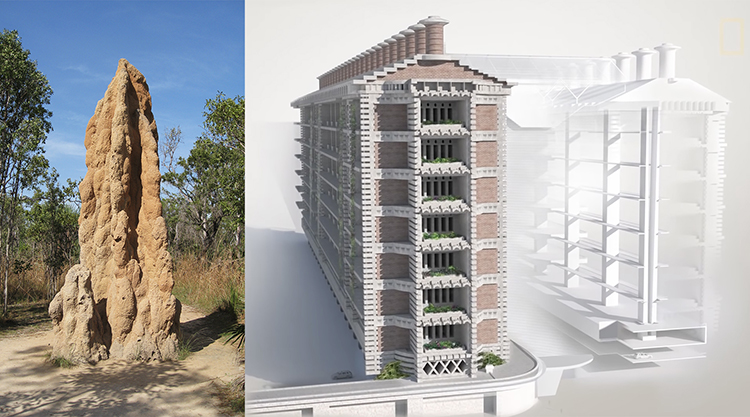 Image Credit: National Geographic
Image Credit: National Geographic
A now-iconic design was used on Speedo’s Olympic swimwear from that year. Sharkskin mimicry was used for suits. 98% of the medals that year went to sharkskin-clad swimmers. Because it was too effective, the Olympics forbade it.
Fascinating, isn’t it?
Sensing, Reacting, and Shape’s Power
Many animals have the intrinsic ability to perceive their surroundings and react accordingly. Compared to humans, locusts can see much more images per second. It would seem to us as though everything was happening slowly. This is comparable to algorithms that recognise user behaviour in the digital world. Alternatively, interfaces that adapt to their demands.
Users leave behind tracks, much like a crab does in the sand. This method allows us to predict how they will behave on a specific interface. Then, we may design to accommodate their unique requirements.
The user may not even be aware of the messages that the shapes of the elements in your design are sending them. Natural-looking or nature-inspired organic shapes are less symmetrical and more free-flowing. These kinds of shapes give a design natural balance and visual attractiveness.
For instance, a spiral is a common shape in nature. Hurricanes and snail shells come to mind. This shape still stands for development, life, and change.
A Potent Source of Innovative Concepts
The digital design must consider both functionality and beauty, much like in nature. The secret to designing for user demands is to move slowly through a swarm of data, like a locust, and look for patterns of behaviour.
Even in abstracted versions, including natural features in interface design can influence how a user feels and even interacts with a system.
How would you incorporate biomimicry in your design?
The ability for humans to learn from nature’s expert use of design is a definite benefit. In a sense, nature has already done the heavy work for us. It essentially had unlimited time to create the best and most appealing design options.
The world beyond your computer screen is full of brilliant ideas and inspiration.
Why don’t you look beyond your screens for the answer?
Writing Credit – Drishti Shah

